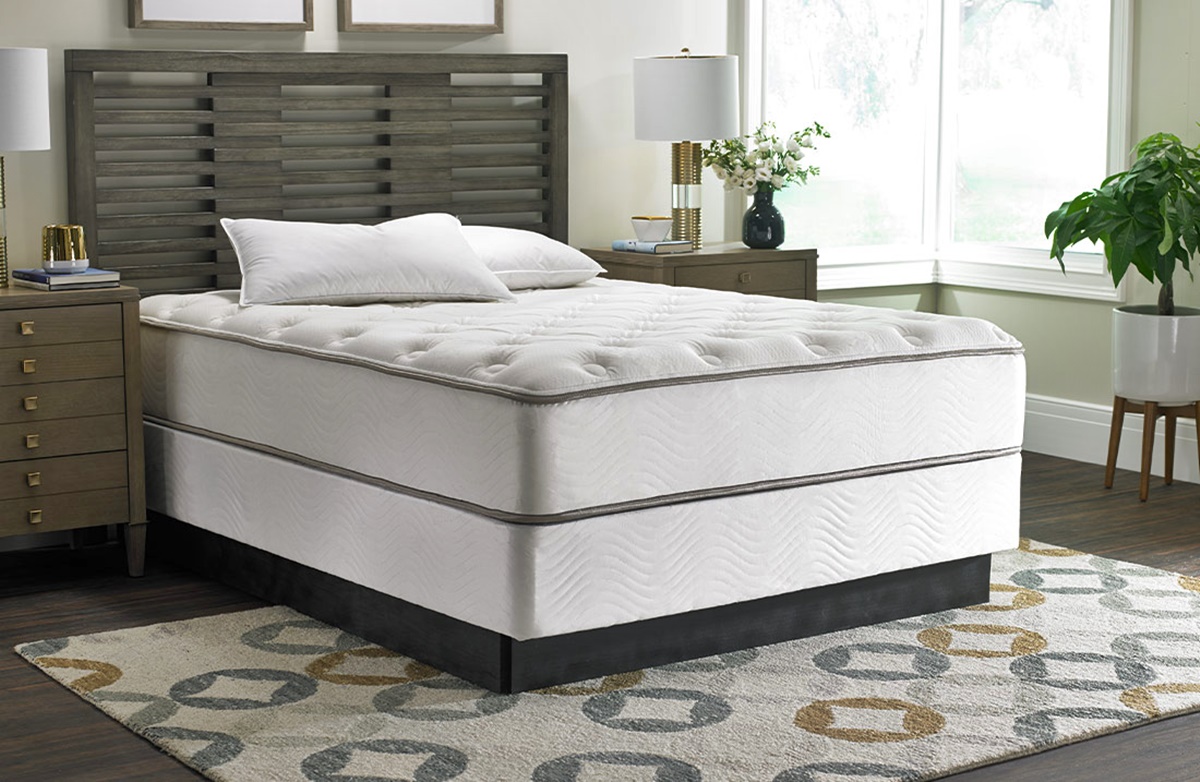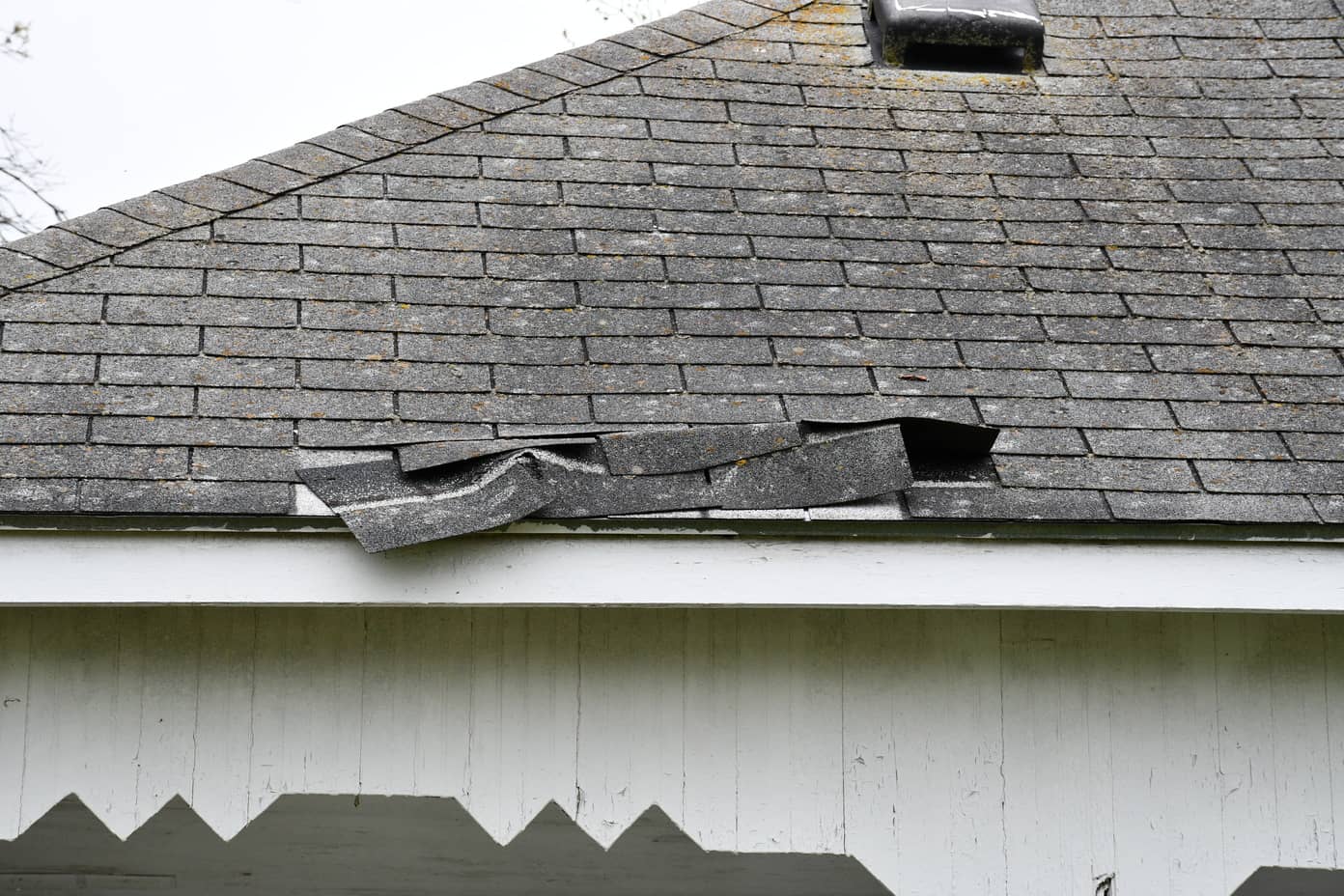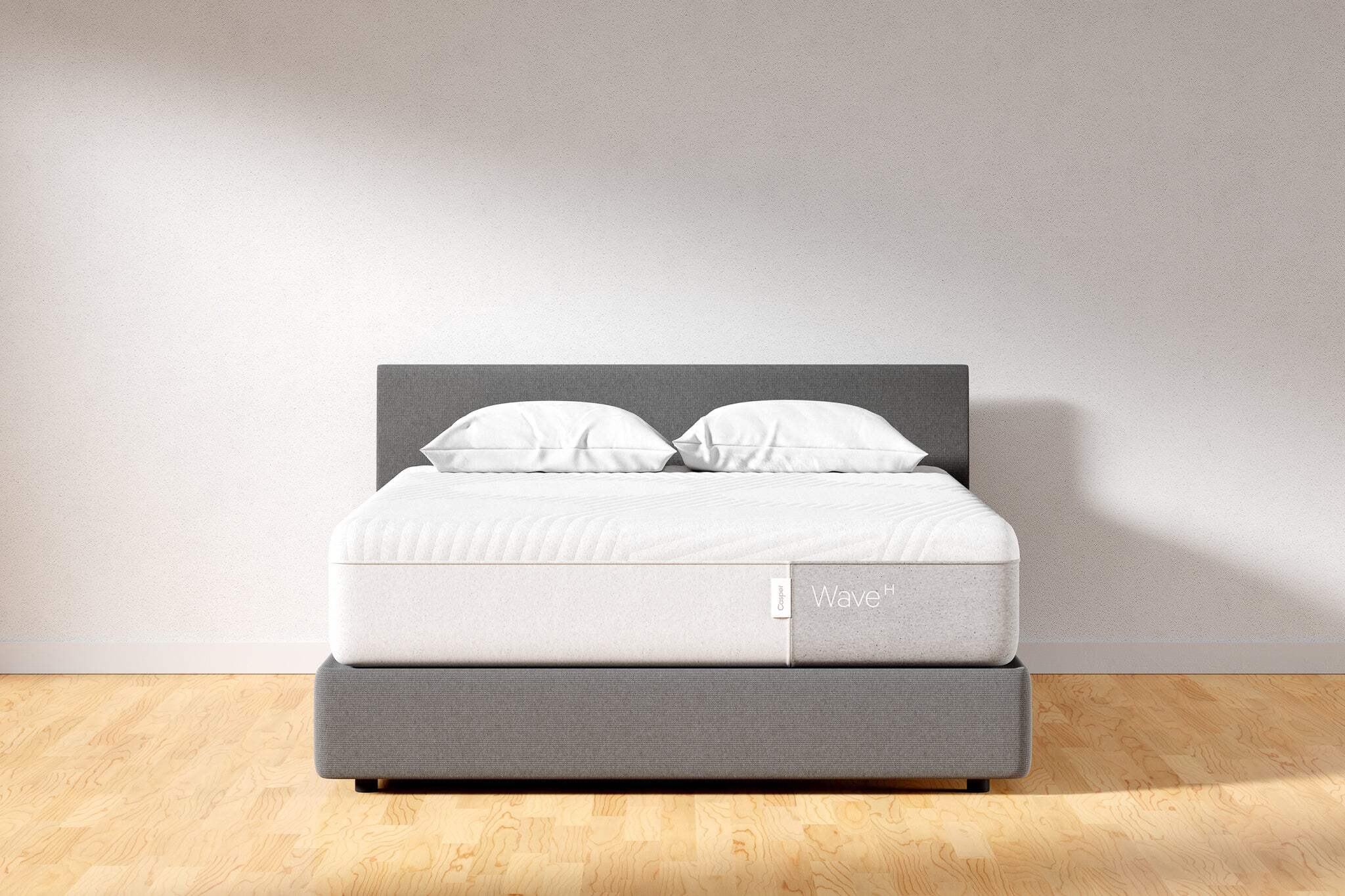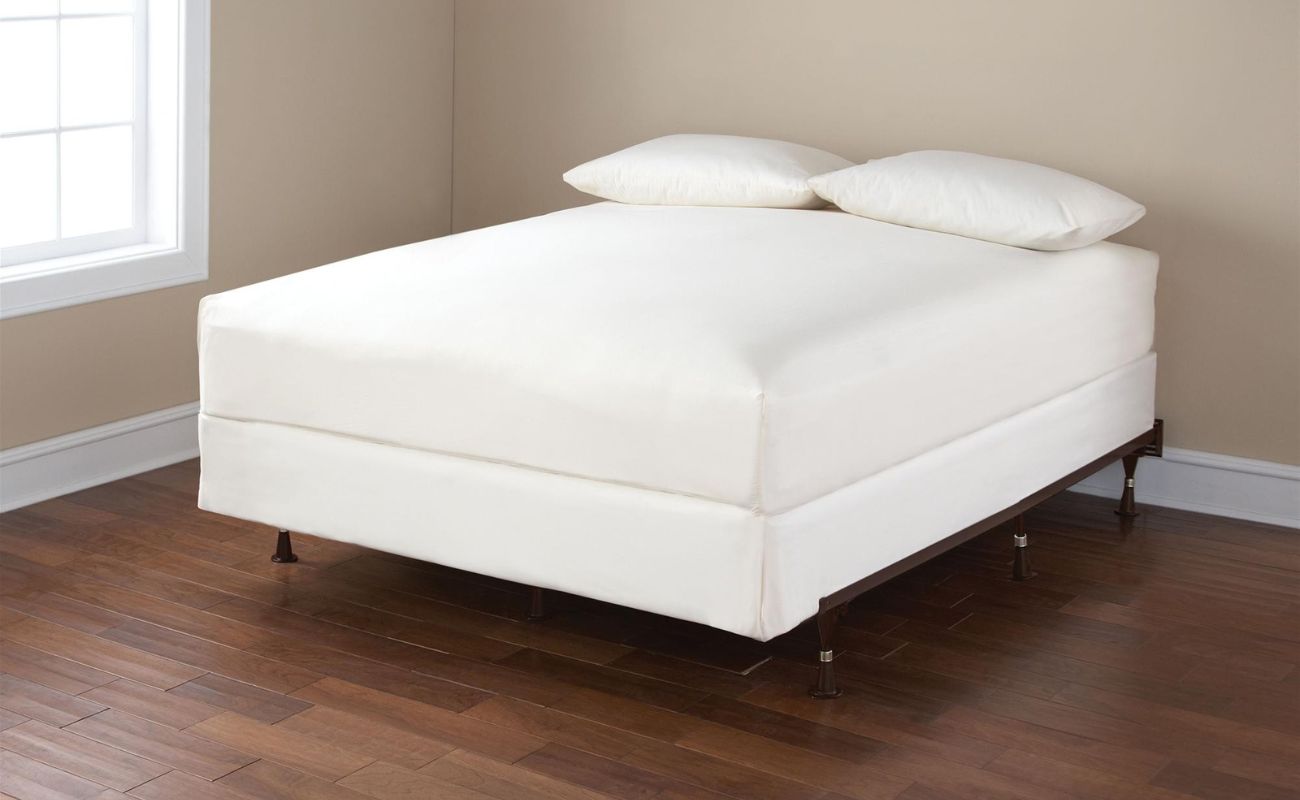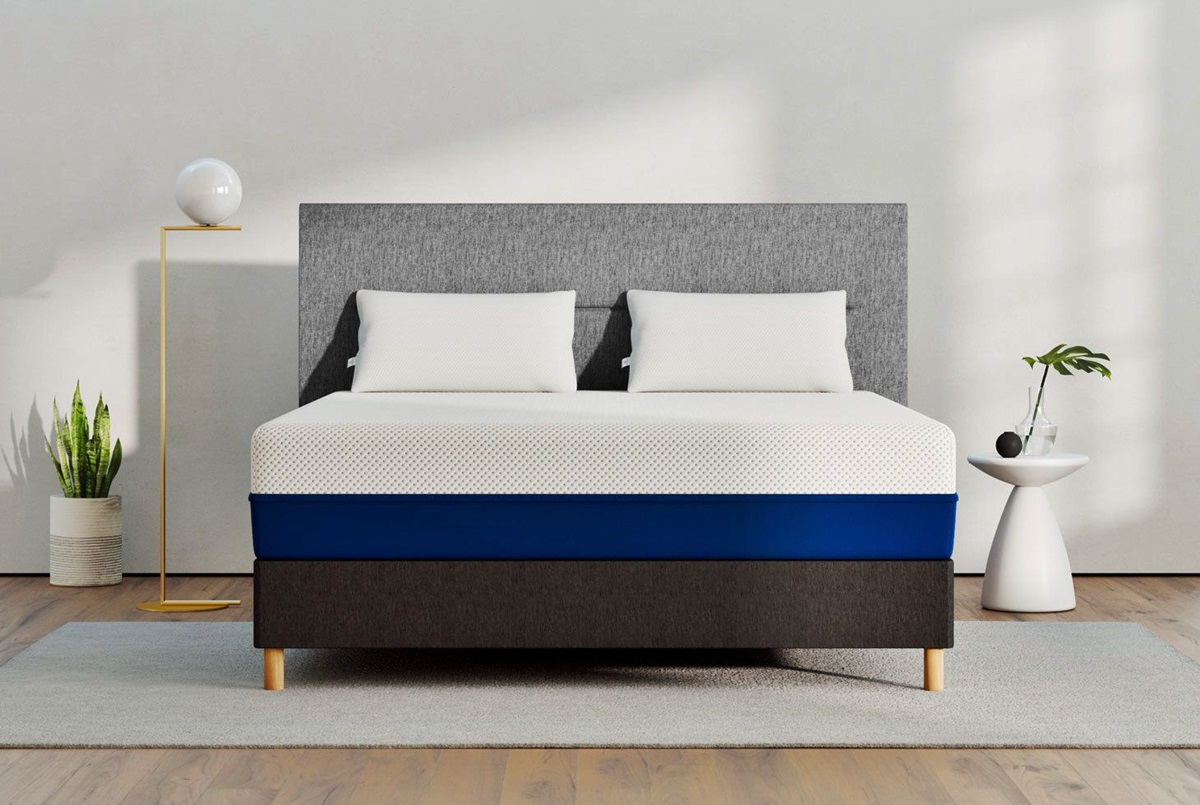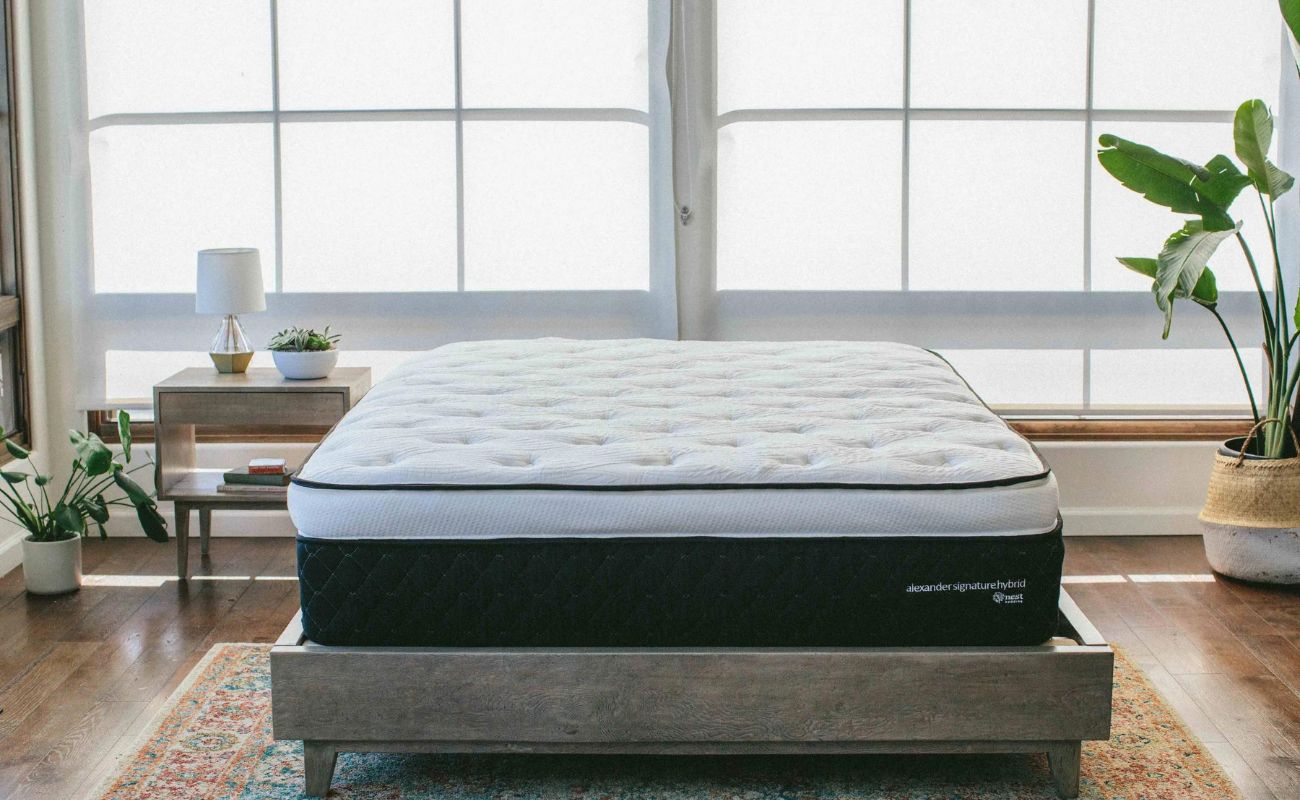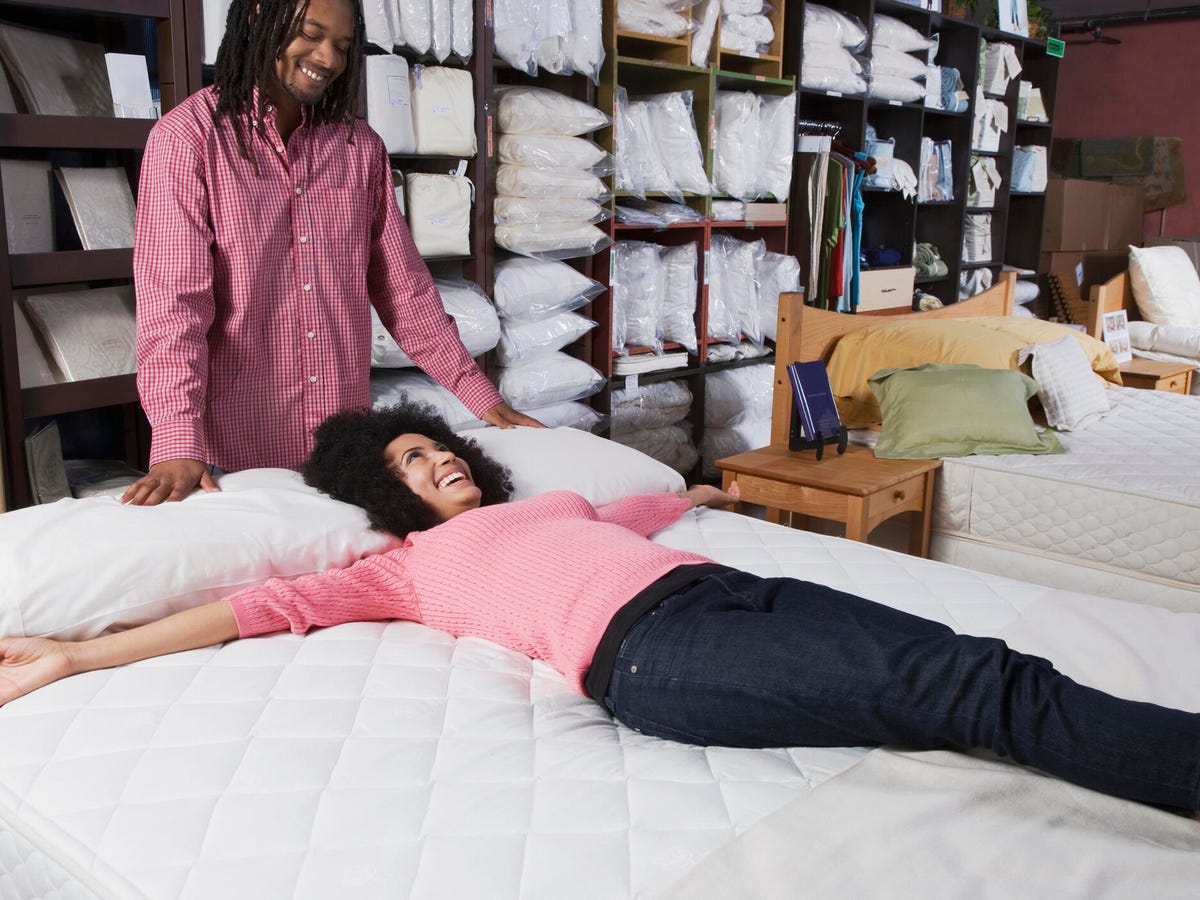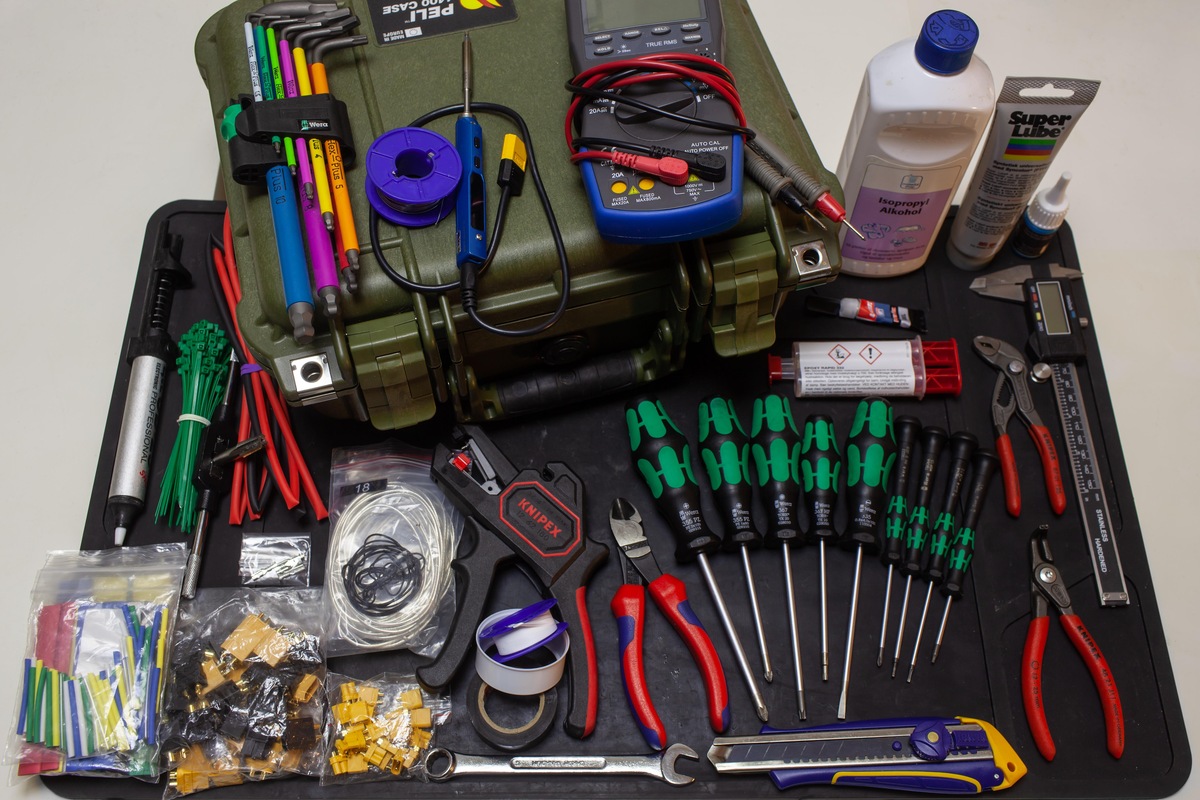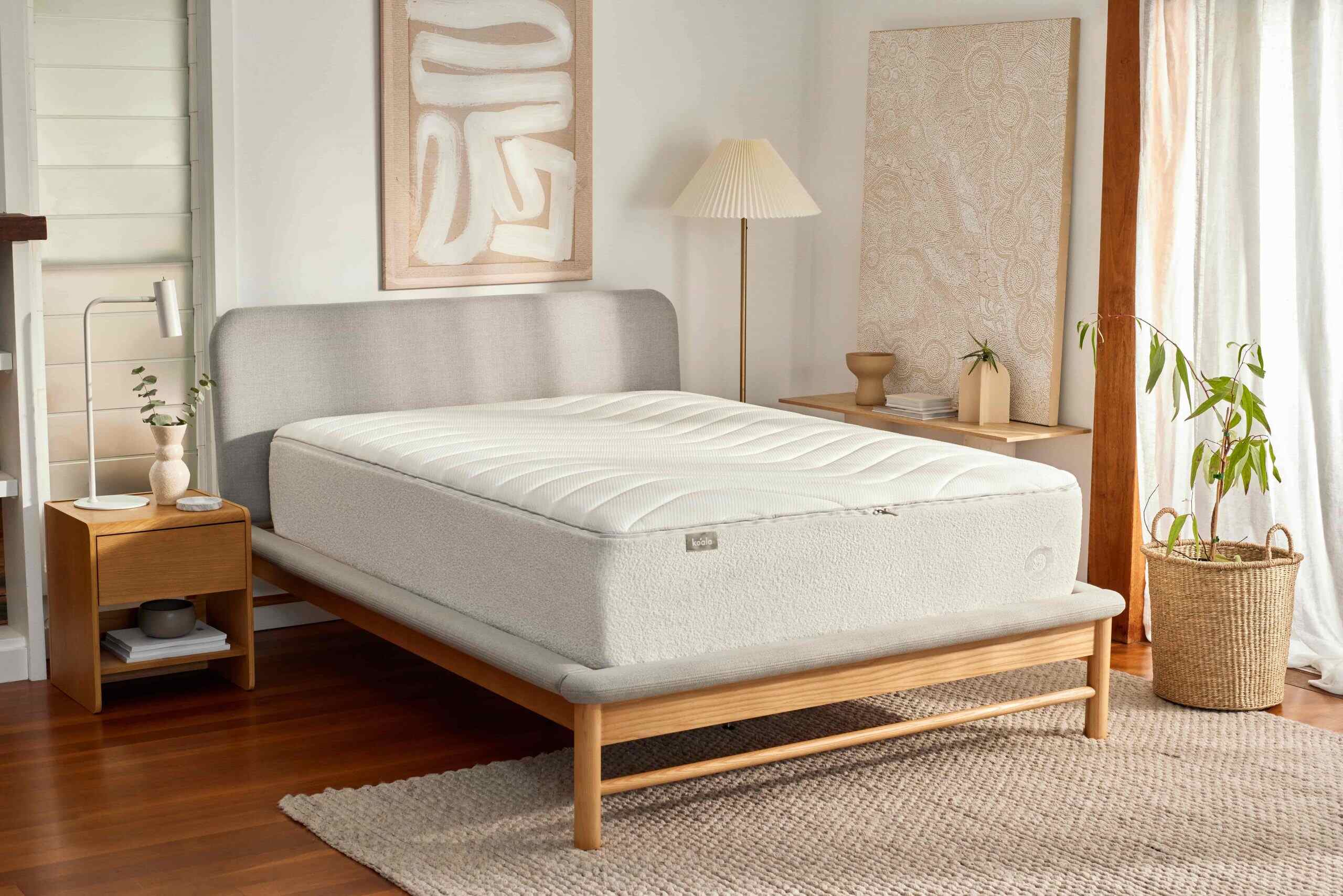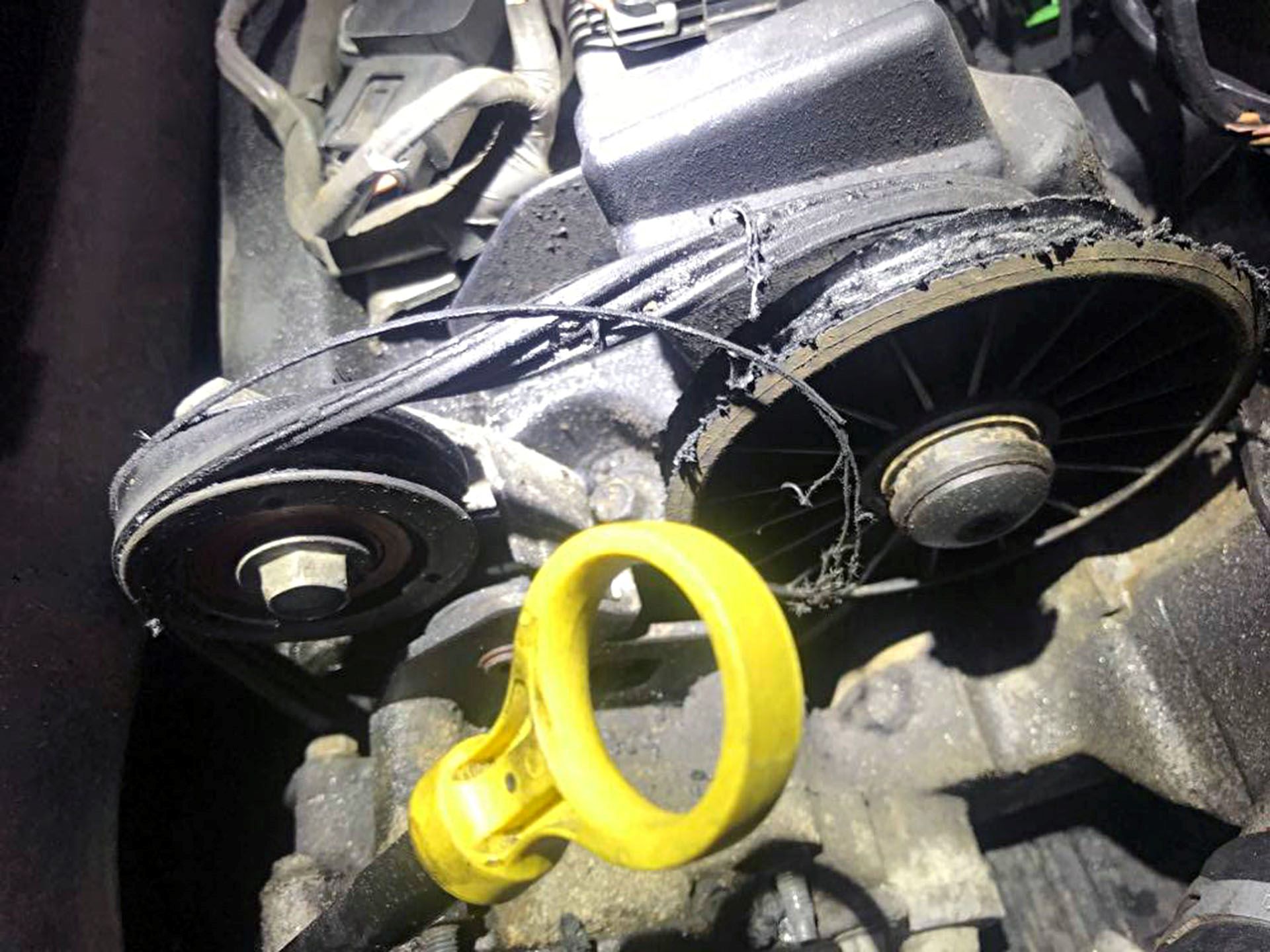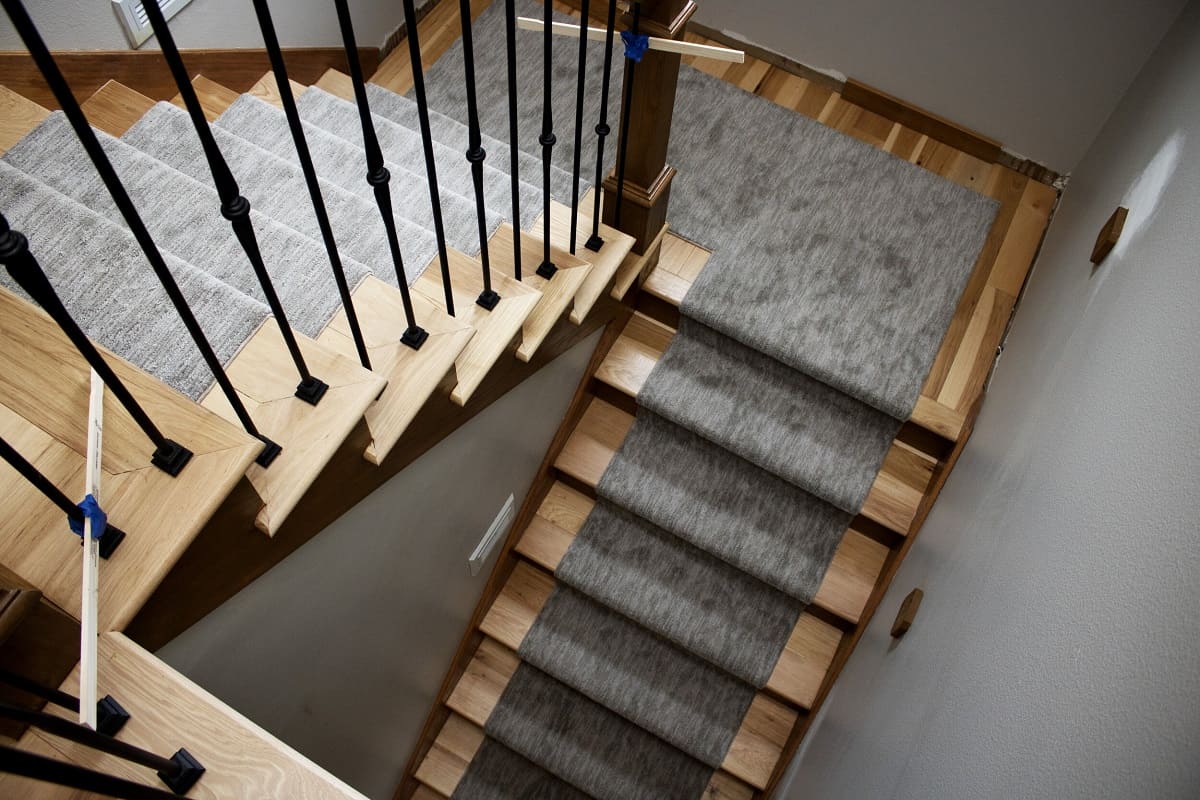Home>Furniture>Bedroom Furniture>Do You Need New Box Springs When You Buy A New Mattress
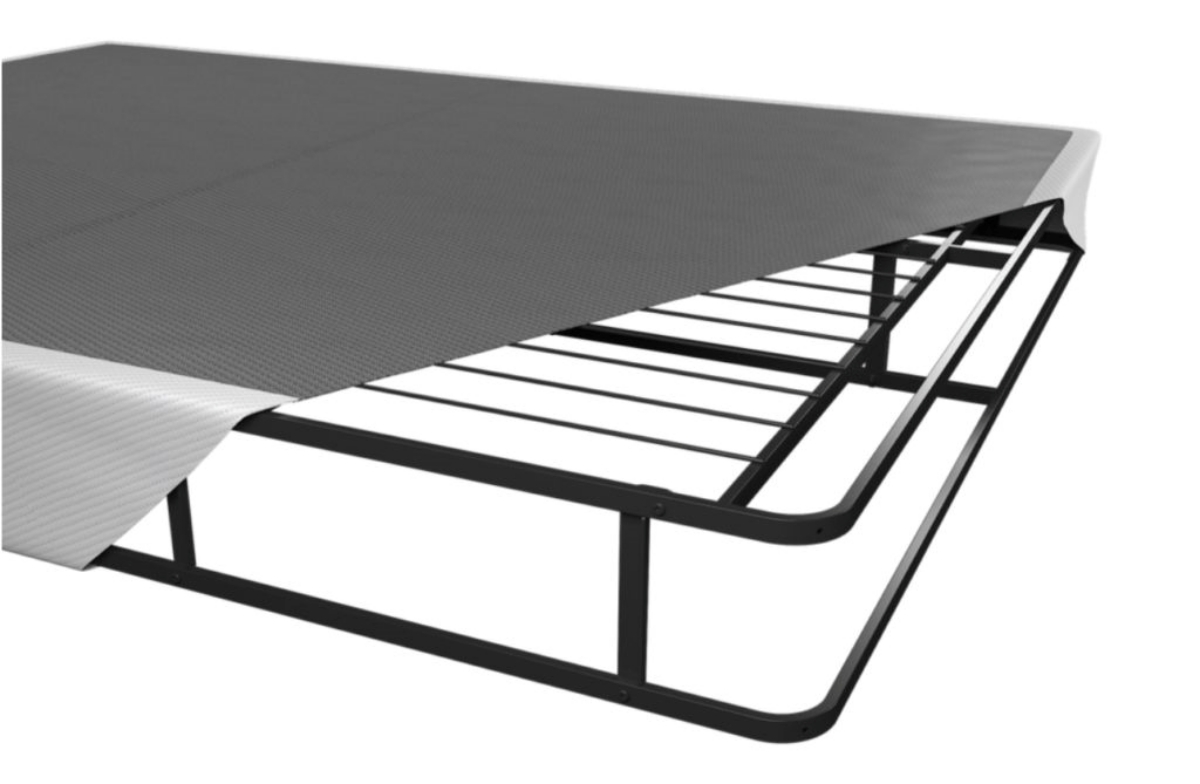

Bedroom Furniture
Do You Need New Box Springs When You Buy A New Mattress
Modified: January 9, 2024
Find out if you need new box springs to go with your new mattress. Explore our range of bedroom furniture for the perfect pairing.
(Many of the links in this article redirect to a specific reviewed product. Your purchase of these products through affiliate links helps to generate commission for Storables.com, at no extra cost. Learn more)
Introduction
Welcome to the world of bedroom furniture! In this article, we will delve into the fascinating topic of box springs and mattresses. If you are in the market for a new mattress, you may be wondering if you need to invest in new box springs as well. The answer to this question depends on several factors, and we are here to guide you through the decision-making process.
When it comes to creating the perfect sleep sanctuary, the mattress and box springs play a vital role. While the mattress provides cushioning and support for your body, the box springs contribute to the overall comfort and longevity of your sleeping surface. Let’s explore the factors you should consider before deciding whether to get new box springs along with your new mattress.
Key Takeaways:
- When buying a new mattress, consider the compatibility, age, and condition of your existing box springs. New box springs can enhance support, durability, and comfort, ensuring a restful sleep experience.
- Choosing new box springs offers benefits such as improved motion isolation and compliance with mattress warranties. Evaluate the condition of existing box springs and consider factors like size, support, and budget when making a decision.
Read more: How Do You Know When You Need A New Mattress
Factors to Consider
When deciding whether or not to purchase new box springs with your new mattress, there are a few key factors to consider:
- Compatibility: The first thing to consider is the compatibility between your current box springs and the new mattress you are buying. Mattresses are available in various sizes and thicknesses, and it’s important to ensure that your box springs can adequately support the new mattress. Some mattress manufacturers specify whether their mattresses require specific types of box springs, so be sure to check the manufacturer’s recommendations.
- Age and condition: Take into account the age and condition of your existing box springs. If they are nearing the end of their lifespan or showing signs of wear and tear, it may be a good idea to replace them along with your new mattress. Damaged or worn-out box springs can negatively impact the performance and support of your mattress, ultimately affecting your sleep quality.
- Comfort preferences: Consider your comfort preferences when deciding whether to get new box springs. Box springs can contribute to the overall firmness and support of your mattress. If you are looking to change the feel of your sleep surface, investing in new box springs designed to complement your new mattress can help you achieve the desired level of comfort.
- Warranty requirements: Check the warranty requirements of your new mattress. In some cases, using old or mismatched box springs can void the mattress warranty. To ensure that you are eligible for any potential warranty claims, it may be necessary to purchase new box springs.
- Budget: Finally, consider your budget. While buying new box springs along with your mattress may add to the overall cost, it is essential to weigh the long-term benefits against the initial investment. Investing in new box springs can prolong the lifespan of your mattress and enhance your sleep quality.
By carefully considering these factors, you can make an informed decision about whether to invest in new box springs when purchasing a new mattress. In the next section, we will explore the benefits of opting for new box springs.
Benefits of New Box Springs
When you invest in new box springs to accompany your new mattress, you can enjoy a range of benefits:
- Enhanced support: Box springs provide a foundation for your mattress, offering additional support to ensure proper spinal alignment and pressure relief while you sleep. By replacing old or worn-out box springs, you can enhance the overall support system of your mattress and promote a more comfortable sleep experience.
- Improved durability: Over time, box springs can start to lose their structural integrity. Springs may become squeaky, coils may break, or the frame may become weakened. By upgrading to new box springs, you can ensure that your mattress has a sturdy and durable foundation, improving its longevity and preventing premature wear and tear.
- Enhanced comfort: New box springs are specifically designed to complement modern mattresses. They are made using advanced materials and construction techniques that enhance comfort. By providing consistent support and stability, new box springs can enhance the overall comfort of your mattress, resulting in a more restful and rejuvenating sleep.
- Better motion isolation: If you tend to share your bed with a restless partner, new box springs can help reduce motion transfer. This means that any movements your partner makes during the night are less likely to disturb your sleep. Upgrading to box springs with better motion isolation can lead to more uninterrupted rest.
- Improved mattress warranty: Some mattress warranties require the use of specific types of box springs or foundations. By investing in new box springs that meet the manufacturer’s recommendations, you can ensure that you comply with the warranty requirements. This can give you peace of mind, knowing that your investment is protected.
By considering the advantages of new box springs, you can make an informed decision about whether to include them in your mattress purchase. However, it’s important to note that there are cases where you can continue using your existing box springs. We will explore those scenarios in the next section.
When to Use Existing Box Springs
While purchasing new box springs can provide various benefits, there are situations where continuing to use your existing ones may be suitable:
- Compatibility: If your current box springs are compatible with the size and type of mattress you’re purchasing, and they are in good condition, there’s no immediate need to replace them. Compatibility is key to ensuring proper support and functionality.
- Relatively new box springs: If your box springs are relatively new and in excellent condition, it may not be necessary to replace them right away. Modern box springs are designed to last for a long time. However, it’s essential to regularly inspect them for any signs of wear or damage.
- Financial considerations: If you’re on a tight budget or simply prefer not to spend extra money on new box springs, you can continue using your existing ones as long as they provide adequate support and meet the size requirements of your new mattress.
It’s important to note that even if you decide to use your existing box springs, you should still evaluate their condition and make sure they are in good shape. Inspect them for any signs of sagging, broken springs, or damaged frames. If you notice any issues that could affect the performance and support of your mattress, it may be time to consider replacing the box springs as well.
Remember, the ultimate goal is to create a comfortable and supportive sleep environment that promotes restful sleep. So, if you have any doubts about the condition or compatibility of your existing box springs, it may be worth investing in new ones to ensure optimal sleep quality.
In the next section, we will discuss some potential issues that can arise from using old or mismatched box springs with your new mattress.
It’s generally recommended to replace your box springs when you get a new mattress to ensure proper support and prevent premature wear. However, if your current box springs are in good condition and compatible with the new mattress, you may not need to replace them.
Potential Issues with Using Existing Box Springs
While using existing box springs with your new mattress may seem like a cost-effective solution, it’s important to be aware of potential issues that could arise:
- Compatibility issues: If your current box springs are not compatible with your new mattress, it can lead to uneven support, sagging, or even damage to the mattress. Mismatched sizes or inadequate support can compromise the overall comfort and performance of your sleep surface.
- Wear and tear: Over time, box springs can deteriorate due to general wear and tear, repeated use, or exposure to moisture. Using old or worn-out box springs may negatively affect the support and stability of your mattress, leading to discomfort and reduced sleep quality.
- Motion transfer: Older box springs may not have efficient motion isolation properties, meaning that any movements made by you or your sleep partner can be more easily felt and can disrupt your sleep. This can result in a less restful night and increased disturbance for both you and your partner.
- Limited warranty coverage: Some mattress manufacturers require the use of specific box springs to maintain warranty coverage. If you choose to use existing box springs that are not recommended or approved by the mattress manufacturer, you risk voiding the warranty, leaving you unprotected in case of any defects or issues with the mattress.
- Hygiene concerns: Box springs can accumulate dust, allergens, and even bed bugs over time. If your existing box springs have not been properly maintained or if they have been exposed to any infestations, you may be transferring these allergens or pests to your new mattress, which can impact your sleep and health.
Considering these potential issues, it’s essential to assess the condition and compatibility of your existing box springs with your new mattress. If you encounter any of these concerns, it might be wise to invest in new box springs to ensure optimal performance and comfort.
In the following section, we will discuss how to determine whether your box springs need replacement or if they are still suitable for use with your new mattress.
How to Determine if Box Springs Need Replacement
Before deciding whether to replace your box springs or continue using them with your new mattress, it’s important to assess their condition. Here are a few factors to consider when determining if your box springs need replacement:
- Sagging or unevenness: Inspect your box springs for any signs of sagging or unevenness. If you notice areas where the support has started to give way or if there are visible sagging spots, it may be an indication that the box springs have lost their structural integrity and should be replaced.
- Noisy or squeaky: Listen for any unusual noises coming from your box springs. Squeaking or creaking sounds may indicate worn-out springs or a loose frame. If the noise is persistent and disruptive, it’s a good idea to consider replacing the box springs.
- Visible damage: Check for any visible damage, such as broken springs, bent metal, or a cracked frame. These issues can compromise the support and stability of your mattress and should be addressed by replacing the box springs.
- Age of the box springs: Consider the age of your box springs. As a general guideline, box springs have a lifespan of about 10 years. If your box springs are nearing or exceeding this time frame, it’s wise to replace them to ensure optimal support for your new mattress.
- Compatibility: Evaluate the compatibility of your box springs with your new mattress. Ensure that the size and type of box springs you have are suitable for the mattress you are purchasing. Follow the mattress manufacturer’s recommendations to maintain warranty coverage.
If you notice any of these signs or have concerns about the condition and compatibility of your box springs, it’s advisable to replace them. Investing in new box springs can provide you with a solid foundation for your new mattress and ensure optimal support for a comfortable sleep environment.
In the next section, we will provide some tips for choosing the right box springs to accompany your new mattress.
Tips for Choosing New Box Springs
When it comes to selecting new box springs to accompany your new mattress, keep the following tips in mind for a successful purchasing decision:
- Consider mattress manufacturer recommendations: Check if the mattress manufacturer has any specific recommendations for compatible box springs. Following their guidelines can help ensure optimal support and maintain warranty coverage.
- Size and height: Choose box springs that are the appropriate size for your mattress. They should match the dimensions of your mattress to ensure a snug fit. Additionally, consider the desired height of your sleep surface and select box springs accordingly.
- Support and durability: Look for box springs that offer sturdy support and durability. Consider the construction materials and design features, such as reinforced frames or solid wood foundations, to ensure long-lasting performance.
- Motion isolation: If you share your bed with a partner, consider box springs with good motion isolation properties. This can help minimize the transfer of movement, allowing for a more peaceful and uninterrupted sleep for both of you.
- Comfort: Box springs can contribute to the overall comfort of your mattress. Look for options that complement the firmness or cushioning level you prefer. Some box springs come with additional padding or cushioning layers for enhanced comfort.
- Hygiene and maintenance: Consider box springs that are easy to clean and maintain. Look for models with removable and washable covers or materials that resist dust, allergens, and moisture buildup.
- Budget: Set a budget for your box springs purchase. Consider the quality, features, and durability you desire within your budget range. Remember, investing in high-quality box springs can prolong the lifespan of your mattress.
By considering these tips, you can find box springs that align with your specific needs and requirements. Remember that box springs play a crucial role in providing support and enhancing the overall sleep experience, so it’s worth investing in quality ones that complement your mattress.
Now that we’ve covered the various aspects of choosing and replacing box springs, let’s summarize our findings in the concluding section.
Conclusion
Choosing whether to invest in new box springs when purchasing a new mattress is a decision that should consider several factors. It’s important to assess the compatibility, age, and condition of your existing box springs, as well as your personal comfort preferences and budget. While using existing box springs can be an option in some cases, there are potential issues such as compatibility problems, wear and tear, and limited warranty coverage that can arise.
Opting for new box springs offers a range of benefits, including enhanced support, improved durability, and better comfort. They can also provide better motion isolation and ensure compliance with mattress warranties. If you decide to replace your box springs, carefully evaluate their condition for signs of sagging, noise, or visible damage.
When selecting new box springs, consider the recommendations of the mattress manufacturer, the size and height needed, the level of support and durability provided, as well as features like motion isolation and ease of maintenance. Be mindful of your budget and invest in box springs that align with your needs and preferences.
In conclusion, making an informed decision about whether to purchase new box springs along with a new mattress can help ensure a supportive and comfortable sleep environment. By assessing the condition, compatibility, and age of your existing box springs, and considering the benefits and potential issues of using them, you can make a choice that promotes a restful sleep experience and helps extend the lifespan of your mattress.
Remember, the quality of your sleep influences your overall well-being, so it’s worth taking the time to carefully evaluate your box springs and make an investment that ultimately enhances your sleep quality and comfort.
Frequently Asked Questions about Do You Need New Box Springs When You Buy A New Mattress
Was this page helpful?
At Storables.com, we guarantee accurate and reliable information. Our content, validated by Expert Board Contributors, is crafted following stringent Editorial Policies. We're committed to providing you with well-researched, expert-backed insights for all your informational needs.
